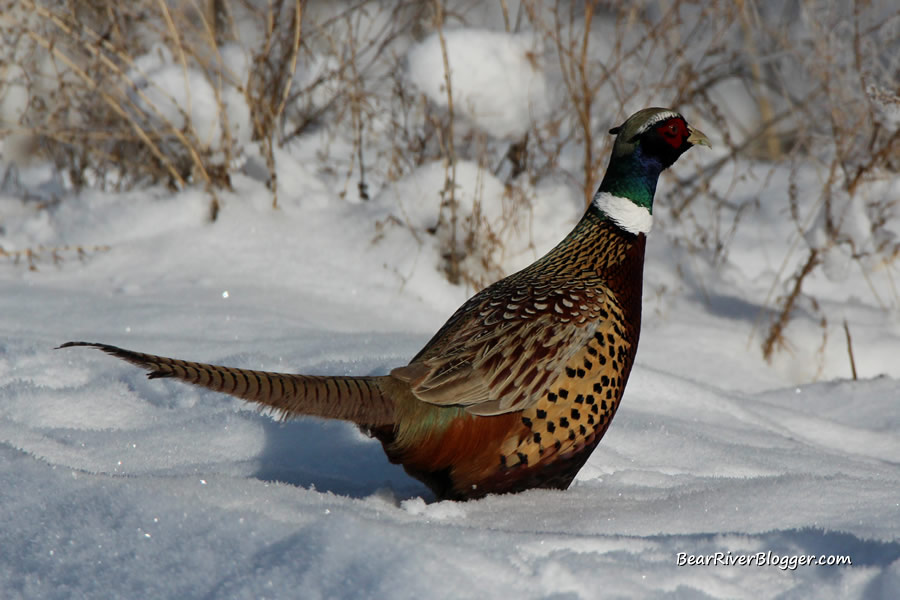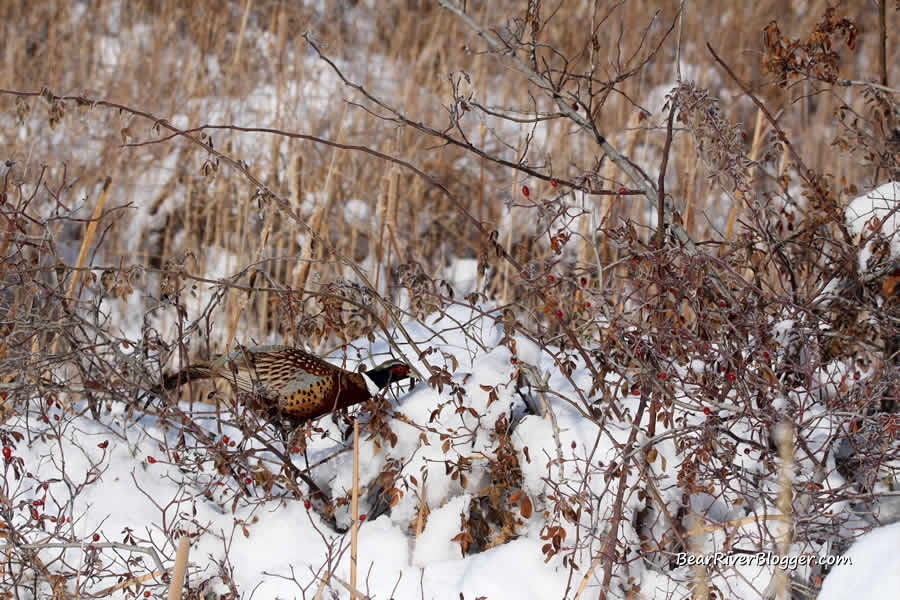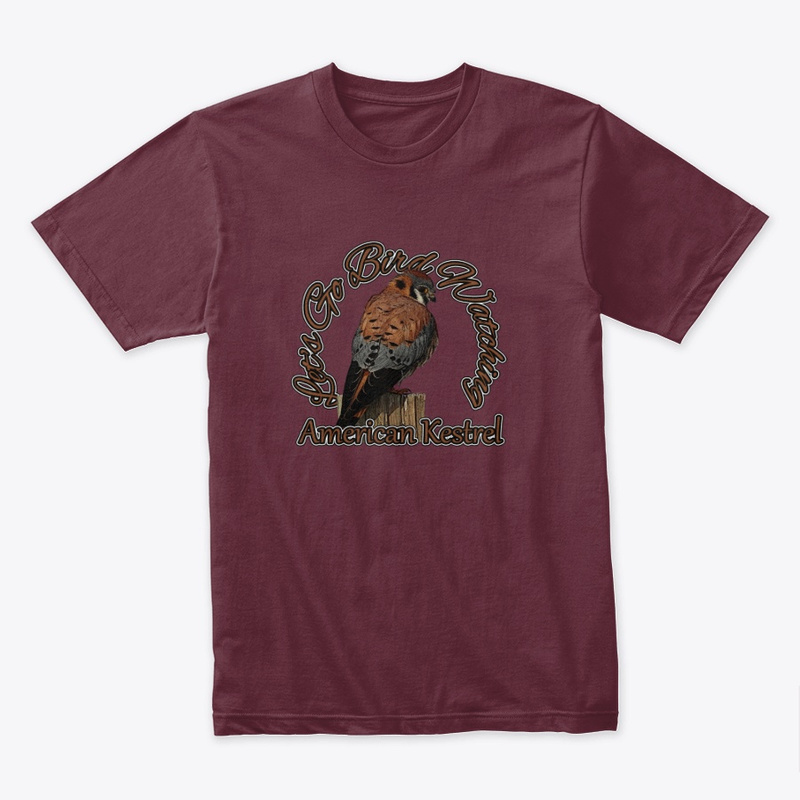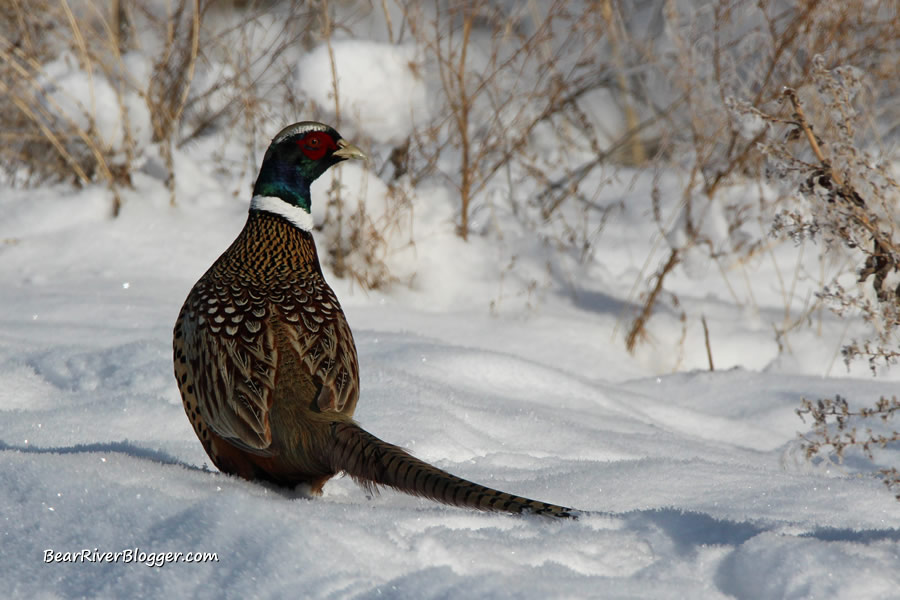Yesterday, I was asked by a newspaper reporter what is it about bird watching that is just so darn interesting to me and, truthfully, I had to think about that for a moment or two.
I mean seriously, why am I constantly compelled to brave not only the sweltering summer heat but also the blistering cold temperatures during winter just to get an image or two to share with you here on my blog?
Well, to be quite honest, that is a hard question to answer, at least in a few short words that is, and it would be similar to me asking someone else to explain why they like the color blue, for example.
The fact of the matter is I have no way of explaining why I love bird watching so much but there is one reason I do like birds and today’s blog post images will hopefully help me portray that a lot better than with words alone.
Simply put, one of the reasons I personally love birds is the brilliantly colored plumages that some birds display during at least part of or even sometimes during the entire year.

And at the top of that list has to be the male ring-necked pheasant, one of the most brilliantly colored birds on earth.
Not all but in many species of birds the male adorns the more colorful plumage in order to attract a mate and this is definitely the case with the ring-necked pheasant.
Its counterpart, the hen ring-necked pheasant, is quite drab and covered in a dull mottled brown feathering, one that blends in quite well with the dry grasses and vegetation it has to hide in during nesting season as the hen pheasant is the sole caretaker of both the eggs and chicks.
The ring-necked pheasant, although a fairly common bird here in Utah in at least some of the wetland areas along the Wasatch Front, is still a hard bird to find and photograph because of their sly, stealthy nature that keeps them hidden in the cattails and tall grasses to help avoid predation.
In fact, until yesterday when I was quite fortunate to somehow cross paths and even photograph a couple of rooster pheasants at Farmington Bay, my dry-streak of not photographing wild pheasants of any kind goes back several years or more, sorry to say.
But hopefully these few images will help tell the story of why I like brilliantly colored birds so much and why I am drawn to bird-watching more and more each and every year.
Historically, the ring-necked pheasant is not native to the North American continent but it has been successfully introduced to many parts of the United States and even a little bit into Canada from its native lands of China and east Asia.

Mainly introduced as a game bird for hunting purposes many decades ago, the ring-necked pheasant has adapted quite well to many areas and habitats across much of the United States and mainly lives in agricultural lands, fallow and weedy fields, and wetland habitats such as the Bear River Migratory Bird Refuge.
Even though the ring-necked pheasant prefers to run and hide to avoid predation, it is a very strong and good flyer for short to medium-length distances.
And being an omnivore, the ring-necked pheasant has quite a wide and varied diet that includes many kinds of insects, including grasshoppers and beetles, grass and weed seeds, and waste grains from agricultural fields such as wheat and corn.

Yesterday, in fact, I was able to watch and photograph one male ring-necked pheasant that was feeding on rose hips from a wild rose bush along the roadside at Farmington Bay, showing their diet is indeed quite varied and a reason why the ring-necked pheasant has adapted and thrived in many different areas and habitats here in the United States.
The ring-necked pheasant isn’t an easy bird to find and photograph but when you do get an opportunity like I had yesterday, especially during winter when the male’s plumage is full and brightly colored, take full advantage of the situation like I did because, like me, it might be years before you get another one.
If you are an avid bird watcher like I am, I offer you to head on over to our subscribe page and sign up for email notifications for future blog posts like this one.
We also suggest taking a peek at our small but growing YouTube channel where we post regular updates about the bird-watching conditions on the Bear River Migratory Bird Refuge auto tour route as well as the occasional short nature clips when we can capture them with our camera.
Let’s Go Bird Watching – American Kestrel T-shirts And Hoodies
Show off your love for bird watching and the American kestrel as well as support our website and YouTube channel with this unique line of “Let’s Go Bird Watching” American Kestrel t-shirts, currently available in both t-shirts and hooded sweatshirts in a variety of sizes and colors.







